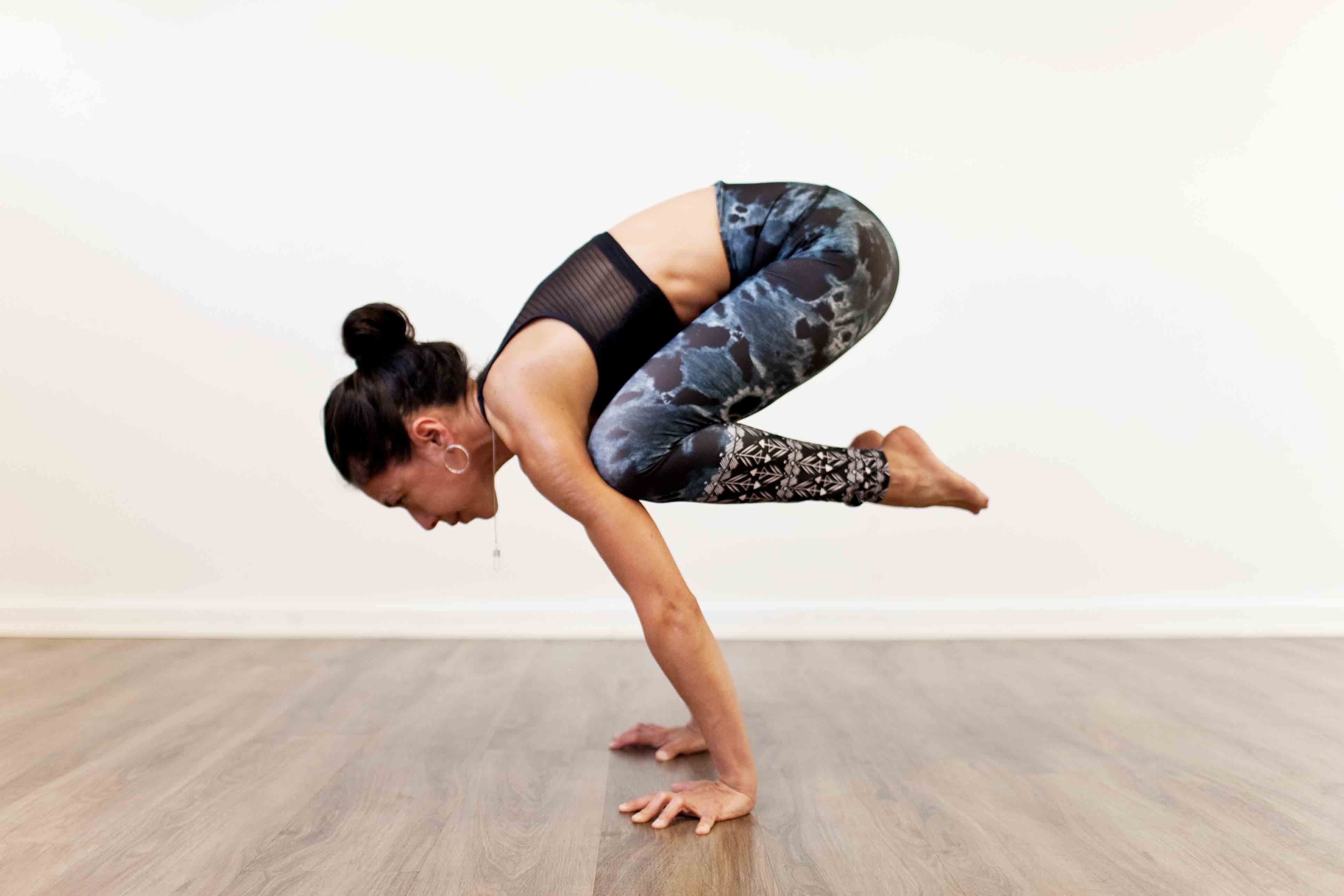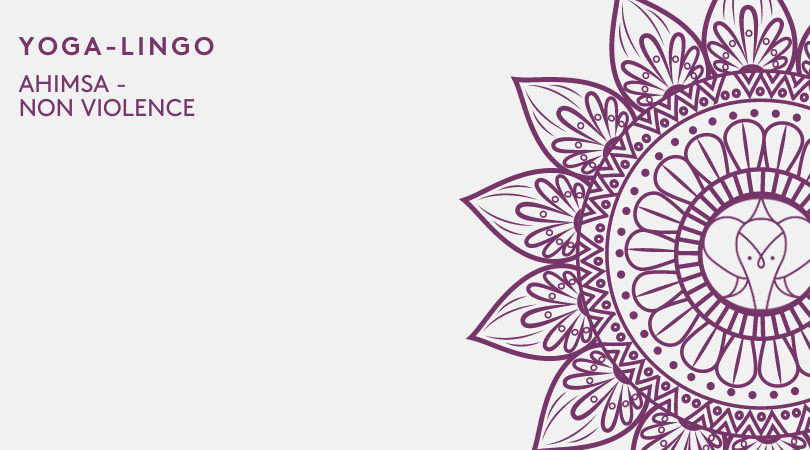Mula Bandha - Learn the Benefits of the Root Lock
Maybe you have heard your yoga teacher say "use your mula bandha” or “use the locks” during a yoga class. There is a possibility that most of the yoga students - including you did not have any idea how to go around this. In many situations, yoga teachers usually mention Mula Bandha, but they never explain their meaning and how it should be done.
So, What Is Mula Bandha?
“Mula” means root and “bandha” means binding or a lock, in Sanskrit. Mula Bandha, also pronounced as “moola bandha” is a yoga technique that contains, and then channels the energy related to mula-dhara chakra. Mula dhara chakra is located at your spine’s tip, and it represents the level of consciousness - and here, the basic survival needs show their dominance."Some yogis also refer to “mula” as the root or base of all action."
The root of every action or deed is a thought. When we start to perfect our thoughts, binding and restricting the objectives behind our deeds, our actions become refined or perfected. As yogis practice different yoga styles, they bond their body and mind, confining their desires into the systematic channels of right action, ethics, and individual responsibility.
It is important to note that developing the awareness of Mula bandha comes as a result of daily practice. The practice of Mula bandha shouldn’t be rushed. This is because practicing gradually and slowly makes your muscles stronger as your mental discrimination develops. However, the most significant challenge of practicing this pose is that the perineum muscles work together at times.
When one muscle contracts, the other muscles contract too. In addition, you can accidentally tense your respiratory muscles together with your perineal muscles. This can lead to unwanted sympathetic tension in some parts of your body. Therefore, the practice of Mula bandha requires regular practice and careful attention.
Step 1
First, you should learn how to relax and contract your perineal muscles. To start:
- You need to sit in an erect and meditative body posture, preferably; this should be cross-legged, seated yoga posture like sukhasana or padmasana
- Next, close your eyes as you allow your body to enter into rest. Ease your breath, as you feel your rib cage sides' contract and expand. This should happen as you release the tension from your upper abdomen.
- Now, start breathing easily, and without harmonizing the contractions of your muscles with your breath, squeeze the complete perineal area. This should be at the front, middle and the back, both inward and upward.
- Ensure that you maintain a smooth and steady breath, without pausing. Now, press in gradually, and then discharge it slowly when you feel that the contraction has completed.
- Note that this exercise should not discriminate individual parts of your body, but it should strengthen the muscles in your perineal area, and make you more aware of their existence. Ensure that you repeat this step 25 times.
Step 2
- Squeeze all the perineum muscles and the hold that where you feel comfortable. As you maintain the tension, continue breathing smoothly and slowly.
- Feel the area around your anus, then your perineal cervix or body, and lastly check the contraction in your urogenital area.
- Ensure that you tighten each part as you concentrate on it, identifying the sensations in each area.
- Once you are done with each area, gradually release the contraction, and relax.
Step 3
- Harmonize the contractions of your entire perineum with your breath. As you breathe in, contract your perineum, and then release this tension gradually as you breathe out.
- Ensure that you time these contractions for them to coincide with your breath.
- Loss of control or jerkiness can be reduced slowly over time. Now, start focusing on your perineum’s central region. Focus mainly on the feelings that are connected to Mula Bandha. This exercise should be repeated 25 times.
Step 4
- Now, when you feel that you’re ready, start concentration on your perineum’s center.
- Squeeze the muscles in this area tightly—and there should be minimal participation of your urogenital or anal areas.
Step 5
- When you can hold the contraction without affecting your breath, you can relax the other sympathetic muscles. Now, you can hold Mula bandha comfortably for a period of time. You can now employ it during meditation and pranayama exercises.
The Importance Of Mula Bandha
Mostly, bandhas are pointed out in Hatha Yoga Pradipika, and their roots go back to the 15th century. Ashtanga yoga engages Mula Bandha in its entire sequence to:- Activate core strength
- Support standing poses
- Assist in achieving a lightness during the numerous jumps back and forward.
You will be surprised by the many benefits of Mula Bandha as you continue to practice it. Practicing Mula Bandha can bring the effect of confining the energy in your perineum, which is generally calming and stabilizing. Besides, it can gently enhance your concentration energy.
Also, there are several physical benefits that are associated with Mula Bandha. Some yogis say that the practice of Mula Bandha can help in regulating unstable menstrual periods, lowering heart and respiration rates, and lowering blood pressure. Furthermore, it can calm sympathetic arousal, improve digestion, help people with erectile dysfunction, and harmonize the urogenital functioning.
However, only the people who practice yoga poses note all these benefits. Practicing Mula bandha reverses the directions of downward-moving energies found in the root chakra. This also applies to the upward-moving energies found in the heart chakra. In fact, it is said that the practice of Mula bandha unites these energies, which creates an internal union that causes the enlargement of awareness.
Practicing Mula bandha strengthens the supportive muscles of the pelvis. This, in turn, makes the pelvis more stable, and, which improves the spinal column movements. Therefore, Mula bandha teaches and strengthens the significance of the foundations that motivate any movement.
Additionally, Mula bandha compresses and lifts the lower abdominal area and the bowel. This leads to a solid basis, which in turn makes it possible to decrease or increase the pressure in your torso, as well as facilitate movement. This bandha also creates fluidity and lightness, and when properly utilized, you feel that your body is more mobile and less earth-bound.
As you refine the practice of Mula Bandha, it becomes more energetic, etheric, and subtle, and less muscular. This movement, which is from the outside to the inside, from ordinary to exclusive, from oblivion to illumination, it the simple pattern of the mystical yogic awakening.
When it comes to the energetic level, Mula bandha enables us to sense and restraint. Then, we direct all our energies to enlightenment. Lastly, when you practice Mula bandha on its highest level, you get to see the Divine in everything, with composure and detachment.









